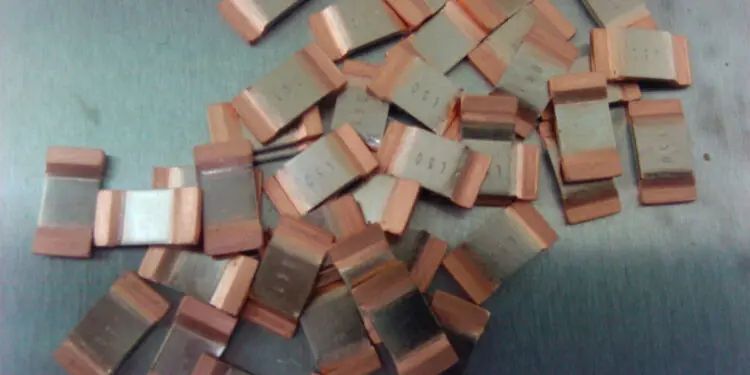Power electronics that utilize current sensing resistors for power control have a wide range of typical requirements. For those applications that require high power handling with low self-heating and high surge currents, the HCS high current SMD shunts from Stackpole are a good choice.
The HCS offers chip sizes 1206, 2512, 3920, and 5930 with power ratings up to 10W and resistance values as low as 0.2 milliohm. The robust all metal construction provides the best pulse handling in a surface mount chip resistor compared to film or foil on ceramic construction types. The HCS offers short duration pulse handling ranging from 800W for small sizes to 8,000W for the largest size.
Pricing for the HCS varies with size, tolerance, and resistance value.































